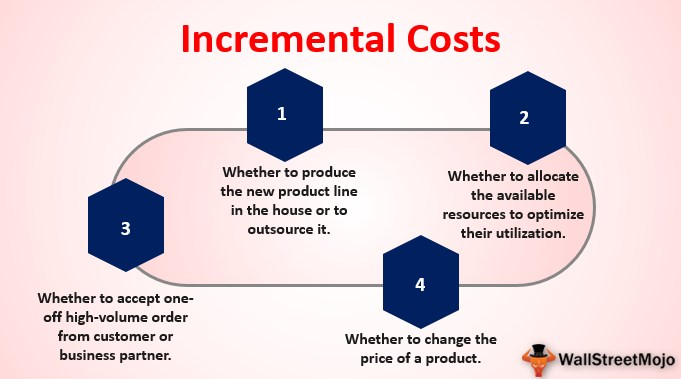Table of content
To calculate outsourcing cost, and the cost comparison is the most critical thing for any company when considering outsourcing services. When we talk about outsourcing services and their expense, various variables will radically affect the efficiency and the requirements of a service provider.The outsourcing costs for every outsourcing contract should be identified effectively. Indeed, it is the first factor to keep in mind as businesses intend to outsource IT facilities and construction work.[lwptoc title="A Complete Guide to Calculate Outsourcing Cost" skipHeadingLevel="h1,h4,h5,h6"]It would be best if you asked yourself the following questions before outsourcing:
- Is it time-saving?
- Will it be monetarily beneficial?
- Will the outsourcing firm fulfill my goals?
Outsourcing Costs
There are certain expenses involved with outsourcing business processes, as shown in the list below. In addition, there are various sectors and specific values according to the particular requirements.
- Certification Costs.
- Consultancy Costs.
- Employees' Compensation.
- Hiring Costs.
- Legal Obligation Costs.
- Server maintenance Expenses.
- Transitioning Costs.
Calculating the Outsourcing Costs
There are various methods to calculate Business Process Outsourcing cost-benefit analysis as listed below:
Differential Cost Analysis
Differential costs are a comparison of the prices of two or more different options. The cost arises as a company encounters many similar approaches and chooses only one option by disregarding the other options. Therefore, executives should weigh the available options’ costs and benefits when deciding between two or more options.

Image Source: CorporateFinanceInstitute
Companies make critical choices on long-term and short-term ventures by incorporating differential cost analysis. Differential costs often include quantitative analysis for executives that form the framework for business plan growth.You can carry the differential cost analysis by subtracting the outsourcing costs from the in-house costs.
Outsourcing Amount Savings = In-house Cost - Outsourcing Cost.
You can also use the following formula to calculate the outsourcing costs:
ROI% = (Return – Investment Cost)/Investment Cost x 100
Incremental Costs
Incremental costs are referred to as the additional costs related to the development of a different unit. They only consider those costs that appear to shift with a particular decision, whereas the remainder is unrelated.They are described as an added expense for the business because of the resulting increases in costs related to manufacturing, machinery or equipment replacement, the inclusion of a new product, etc.

Image Source: WallStreetMojo
Use the following formula to calculate the incremental costs:
Incremental Cost = Total cost of producing two units - Cost of making a single unit
Opportunity Costs
The cost of what you sacrifice by deciding between two or more choices is referred to as the opportunity cost. Opportunity costs often result in current and potential damages or profits based on investment decisions. For example, the third parties decide between buying or selling a product, you might get an immediate gain by selling the product, but it will stop you from obtaining future investment gains.

Image Source: FRB
These costs are the forgiven gain resulting from a non-chosen alternative. The risks and advantages of any available option must be taken into account and measured against those to better assess the expense of opportunities. By taking into consideration the importance of opportunity costs, people and companies may make choices more profitable.
The concept of opportunity costs is an important economic concept. These costs reflect the possible advantages that an investor or a business can miss by selecting one option and disregarding the other.You can calculate the Opportunity Costs by using the following formula: ?
Opportunity Cost= Return on the Best Forgone Option - Return on the Selected Option

Image Source: EDUCBA
Outsourcing works for Every Business
Many businesses are still scared of the term "outsourcing." As a result, they abstain from involving third parties in their projects and day-to-day operations; they don't trust the third parties enough to share their business information with them. People think that only huge businesses can take outsourcing services, which is untrue as small budding businesses that can not afford an in-house team can benefit much from the outsourcing world. According to IBM research
Almost 27% of organizations outsource to reduce co. Only 36% are basically innovators. Around 37% are actual growth-seekers who use outsourcing as one of the best tools to optimize business operations.
Final Words
Cost assessment is essential in today’s competitive market world to achieve a financial advantage over your rivals. You can carry out an outsourcing costs analysis by calculating incremental costs, and opportunity costs, or by carrying out a differential cost analysis. Let us know in the comments section if you consider any other additional cost or factor while you calculate outsourcing cost.

.jpeg)


